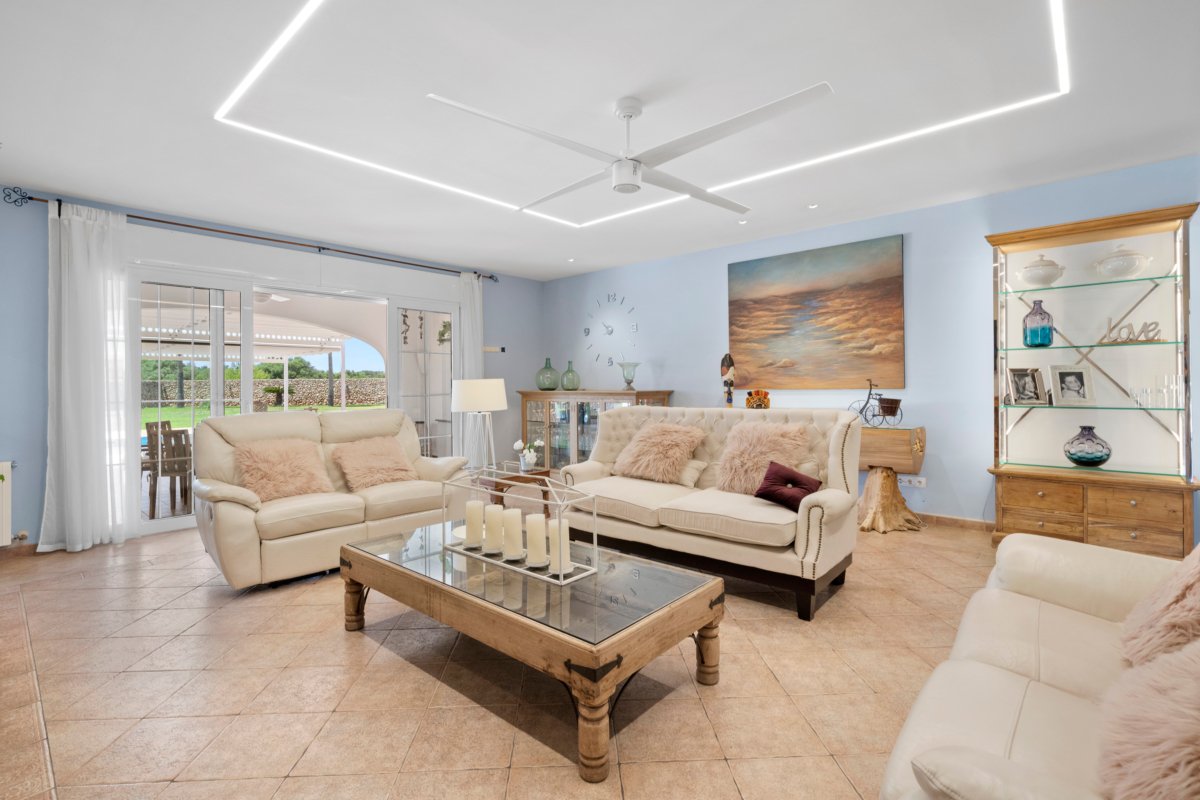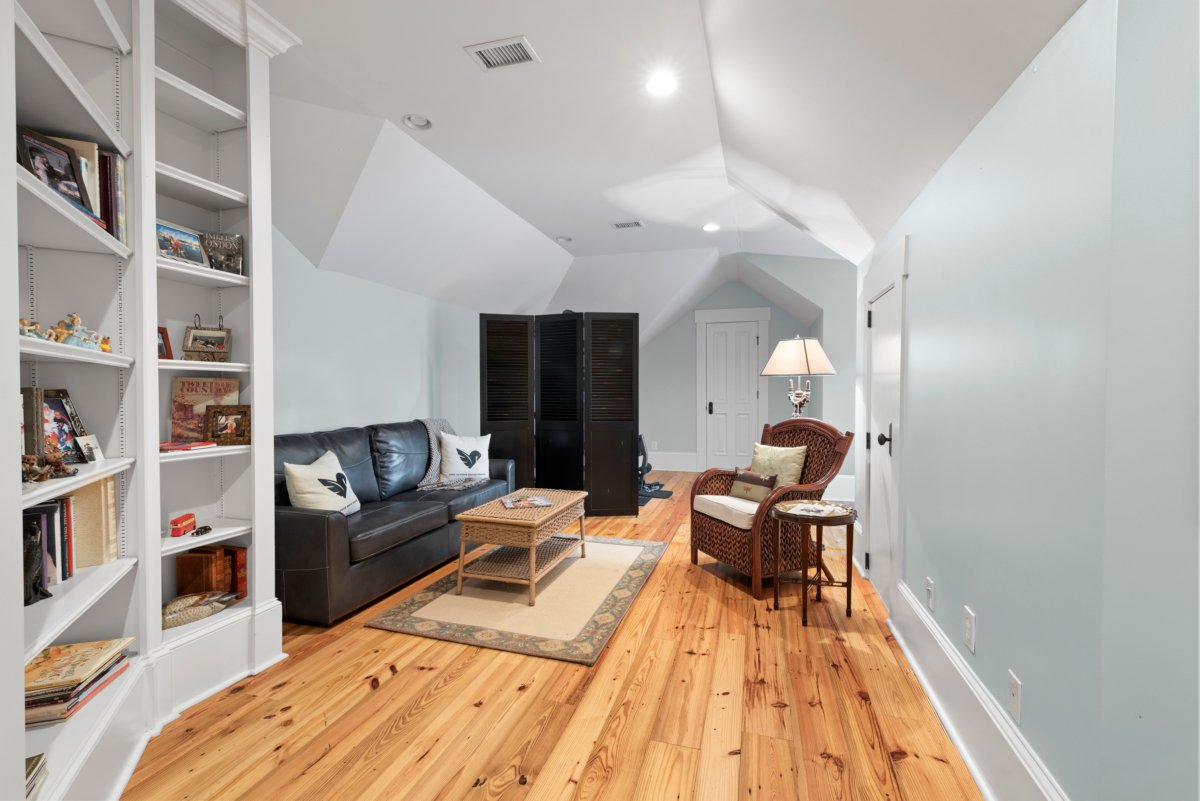
Real Estate Photography vs. Real Estate Videography: A Comprehensive Guide to Making the Right Choice
In today’s competitive real estate market, visual content has become the cornerstone of successful property marketing. As technology evolves and buyer expectations shift, real estate professionals must navigate between two powerful visual tools: photography and videography. This comprehensive guide will help you understand the nuances of both mediums and make informed decisions for your property marketing strategy.
Real Estate Photography: The Foundation of Property Marketing

Real Estate Photography
Real estate photography has been the bedrock of property marketing for decades, and its importance continues to grow in the digital age. Understanding its full potential and limitations is crucial for any real estate professional.
Advantages of Real Estate Photography
- Quick consumption – Buyers can efficiently scan through multiple properties in minutes
- Cost-effective – Generally more affordable than video production, allowing for broader coverage
- Versatile platform compatibility – Seamlessly integrates with MLS listings, social media, print materials, and email marketing
- High-quality detail capture – Advanced cameras can capture intricate architectural details and textures
- Easy editing capabilities – Professional post-processing can enhance property features
- Perfect for highlight moments – Captures specific selling points in their best light
- Longer shelf life – Photos can be used across multiple marketing campaigns
- Lower technical barriers – Easier to achieve professional results with less equipment
Limitations of Photography
- Cannot show natural flow between spaces and rooms
- May miss dynamic elements of the property and its surroundings
- Limited in showing spatial relationships and true room dimensions
- Cannot capture ambient sounds and natural movement
- May not convey the full scope of larger properties
- Static nature might not engage younger, video-oriented buyers
- Cannot showcase seasonal changes or different times of day effectively
Real Estate Videography: The Dynamic Storyteller
Video content has revolutionized real estate marketing, offering an immersive experience that photos alone cannot match. The evolution of video technology has made this medium increasingly accessible and impactful.
Advantages of Real Estate Videography
- Creates emotional connections through sophisticated storytelling
- Shows natural flow and transitions between spaces with fluid movement
- Captures the property’s atmosphere, ambiance, and acoustic properties
- Demonstrates neighborhood and surrounding areas in context
- Can include aerial footage and dynamic movement for comprehensive views
- Enables virtual open houses and remote property tours
- Incorporates narration and music for enhanced emotional impact
- Showcases lifestyle elements and potential uses of spaces
- Demonstrates smart home features and systems in action
- Captures seasonal changes and different lighting conditions
Limitations of Videography
- Higher production costs due to equipment and expertise required
- More time-consuming to produce and edit
- Requires significant technical expertise and specialized equipment
- May not be cost-effective for all listing prices
- Weather-dependent for exterior shots
- Requires more planning and coordination
- Storage and streaming challenges with large file sizes
- May need periodic updates to remain current
Making the Right Choice: Detailed Considerations

Real Estate Photography
The decision between photography and videography should be based on multiple factors:
Choose Photography When:
- Operating with a limited marketing budget
- Marketing properties in the lower to mid-range price point
- Requiring quick turnaround time for listings
- Showcasing properties with standout architectural features
- Focusing on print marketing materials and traditional MLS listings
- Marketing to older demographics who prefer traditional media
- Needing content for multiple platforms quickly
- Working with properties in highly competitive markets where quick listings are essential
Choose Videography When:
- Marketing luxury or high-end properties with substantial budgets
- Showcasing properties with unique flow or innovative layouts
- Highlighting premium locations with impressive surroundings
- Creating emotional connections with potential high-value buyers
- Targeting audiences who primarily consume video content
- Marketing properties with unique features that benefit from demonstration
- Showcasing large estates or properties with extensive grounds
- Creating content for social media campaigns and virtual tours
The Hybrid Approach: Best of Both Worlds
Modern real estate marketing often benefits from a strategic combination of both mediums. A comprehensive hybrid approach might include:
- High-resolution photos for MLS listings and traditional marketing channels
- Interactive property walk-through videos for social media and website features
- Drone photography and videography for aerial perspectives
- Virtual tours combining still and moving images
- Time-lapse videos showing different times of day
- 360-degree room panoramas
- Social media-optimized short video clips
- Seasonal photo and video updates for long-term listings
Cost Considerations and ROI Analysis
When budgeting for visual content, consider these comprehensive price ranges and their typical returns:
| Service Level | Cost Range | Time Investment | Typical ROI Timeline |
|---|---|---|---|
| Basic Photography | $200-500 | 1-2 hours | 1-2 weeks |
| Premium Photography | $500-1000 | 2-4 hours | 2-3 weeks |
| Basic Video | $500-1000 | 4-6 hours | 2-4 weeks |
| Premium Video | $1000-3000+ | 1-2 days | 1-3 months |
| Hybrid Package | $1500-4000+ | 2-3 days | 1-4 months |
Future Trends and Technologies
The visual marketing landscape continues to evolve with new technologies:
- AI-enhanced photo editing and video processing
- Virtual reality (VR) and augmented reality (AR) integration
- 3D modeling and digital twin technology
- Interactive virtual staging
- Live streaming capabilities for real-time tours
Conclusion
The choice between real estate photography and videography isn’t simply about selecting one over the other. Success in today’s market often requires a strategic blend of both, tailored to:
- Property type and price point
- Target market demographics and preferences
- Available marketing budget and resources
- Timeline requirements and market conditions
- Marketing platform mix and distribution channels
- Competition level in your market
- Long-term marketing strategy goals
For most properties, establishing a foundation with high-quality photography remains essential. As your budget and property value allow, incorporating professional video content can significantly enhance your marketing impact and help your listings stand out in an increasingly competitive market. Remember that quality should never be compromised – whether choosing photography, videography, or both, professional execution is crucial for maintaining your brand’s reputation and achieving optimal results in your real estate marketing efforts.
The key to success lies in understanding your specific market, knowing your target audience, and crafting a visual marketing strategy that effectively showcases each property’s unique features while maximizing your return on investment. As technology continues to evolve, staying informed about new visual marketing tools and trends will help you maintain a competitive edge in the real estate market.
Contact me for the best real estate photo editing service.






